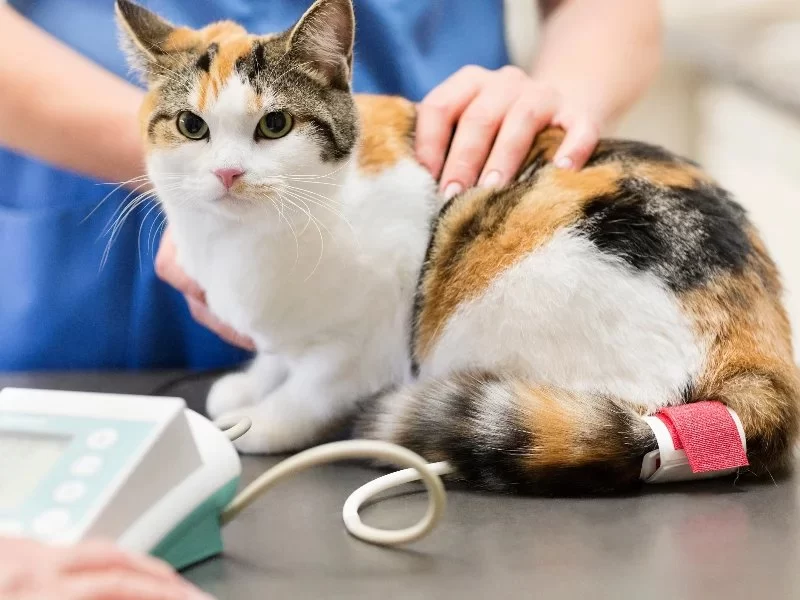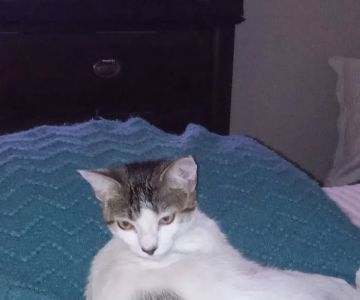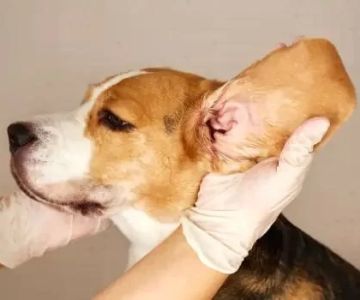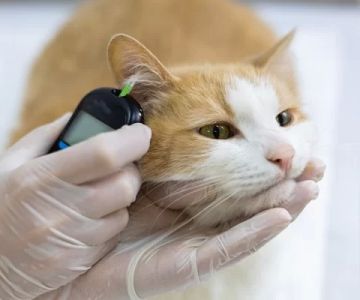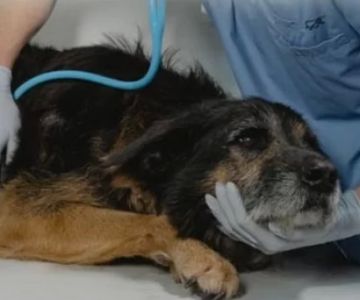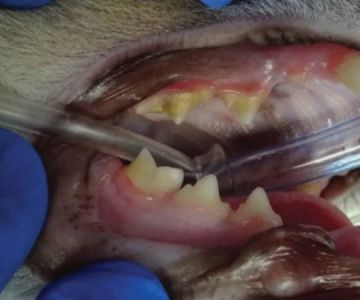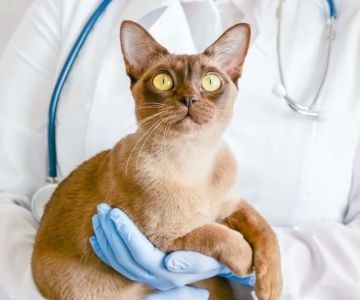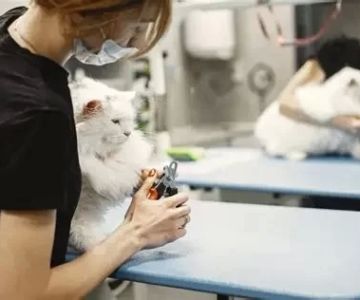- 1 - How to Recognize Feline Hypertension
- 2 - Common Symptoms and Warning Signs
- 3 - Veterinary Diagnosis Process
- 4 - Treatment Options for Feline Hypertension
- 5 - Real-Life Cases and Stories from Pet Owners
- 6 - Preventive Care and Lifestyle Support
- 7 - When to Seek Veterinary Support
1. How to Recognize Feline Hypertension
When exploring how to recognize and treat pet feline hypertension, it’s essential to understand what this condition means. Feline hypertension, or high blood pressure in cats, is often secondary to underlying health issues like kidney disease or hyperthyroidism. Because cats are skilled at hiding discomfort, the signs may be subtle until damage has already occurred. Early recognition can be lifesaving, making awareness crucial for every cat owner in the U.S.
2. Common Symptoms and Warning Signs
Cats with hypertension may show a range of physical and behavioral changes. Sudden blindness is one of the most dramatic symptoms, caused by detached retinas from increased pressure. Other signs include dilated pupils, disorientation, nosebleeds, or seizures. More subtle changes, such as weight loss, lethargy, or decreased appetite, can also point to underlying hypertension. One telling story came from a Texas family whose cat, Milo, suddenly bumped into walls—an emergency vet visit revealed severe hypertension that had gone unnoticed for months.
3. Veterinary Diagnosis Process
Diagnosing feline hypertension involves accurate blood pressure measurement, often taken with specialized veterinary equipment. Since stress can temporarily elevate readings, vets usually take multiple measurements over time. Additional tests, such as bloodwork or ultrasound, may help identify underlying conditions like kidney failure or thyroid imbalances. A thorough diagnostic process ensures that both the hypertension and its root causes are addressed. Regular check-ups play a vital role in detecting the condition before it becomes critical.
4. Treatment Options for Feline Hypertension
Once diagnosed, treatment focuses on lowering blood pressure and managing the underlying cause. The most common medication prescribed is amlodipine, a drug that relaxes blood vessels. Cats generally respond well to this treatment when given consistently. Dietary adjustments, such as reducing sodium intake, can also support better blood pressure control. Some pet owners combine medication with lifestyle changes like stress reduction, ensuring their cats live longer, healthier lives. At Hidden Brook Veterinary, expert teams provide tailored treatment plans to ensure safe and effective care for cats with hypertension.
5. Real-Life Cases and Stories from Pet Owners
Real stories highlight how early detection changes outcomes. In California, a 12-year-old cat named Bella was diagnosed with hypertension during a routine exam. Thanks to daily medication and diet management, Bella avoided vision loss and regained her playful spirit. In contrast, another case in Florida involved a cat named Shadow, whose hypertension went unnoticed until seizures occurred. These experiences show that attentive care and timely vet visits can mean the difference between manageable health and irreversible complications.
6. Preventive Care and Lifestyle Support
Preventing hypertension is not always possible, especially in aging cats, but proactive care makes a significant difference. Regular veterinary checkups, blood pressure screenings for senior cats, and early management of kidney or thyroid disease are critical. Pet owners can also help by reducing household stressors and providing a stable environment. Balanced nutrition, hydration, and enrichment activities all contribute to better overall health, indirectly reducing the risks associated with hypertension.
7. When to Seek Veterinary Support
Pet owners should never ignore sudden changes in vision, behavior, or coordination. Even mild symptoms like increased thirst or unexplained weight loss warrant veterinary attention. Hypertension in cats progresses quietly, but once complications set in, recovery may be limited. Partnering with trusted clinics such as Hidden Brook Veterinary ensures that cats receive timely diagnosis, appropriate treatment, and compassionate support. With early recognition and proper management, many cats with hypertension continue to live fulfilling, comfortable lives.

